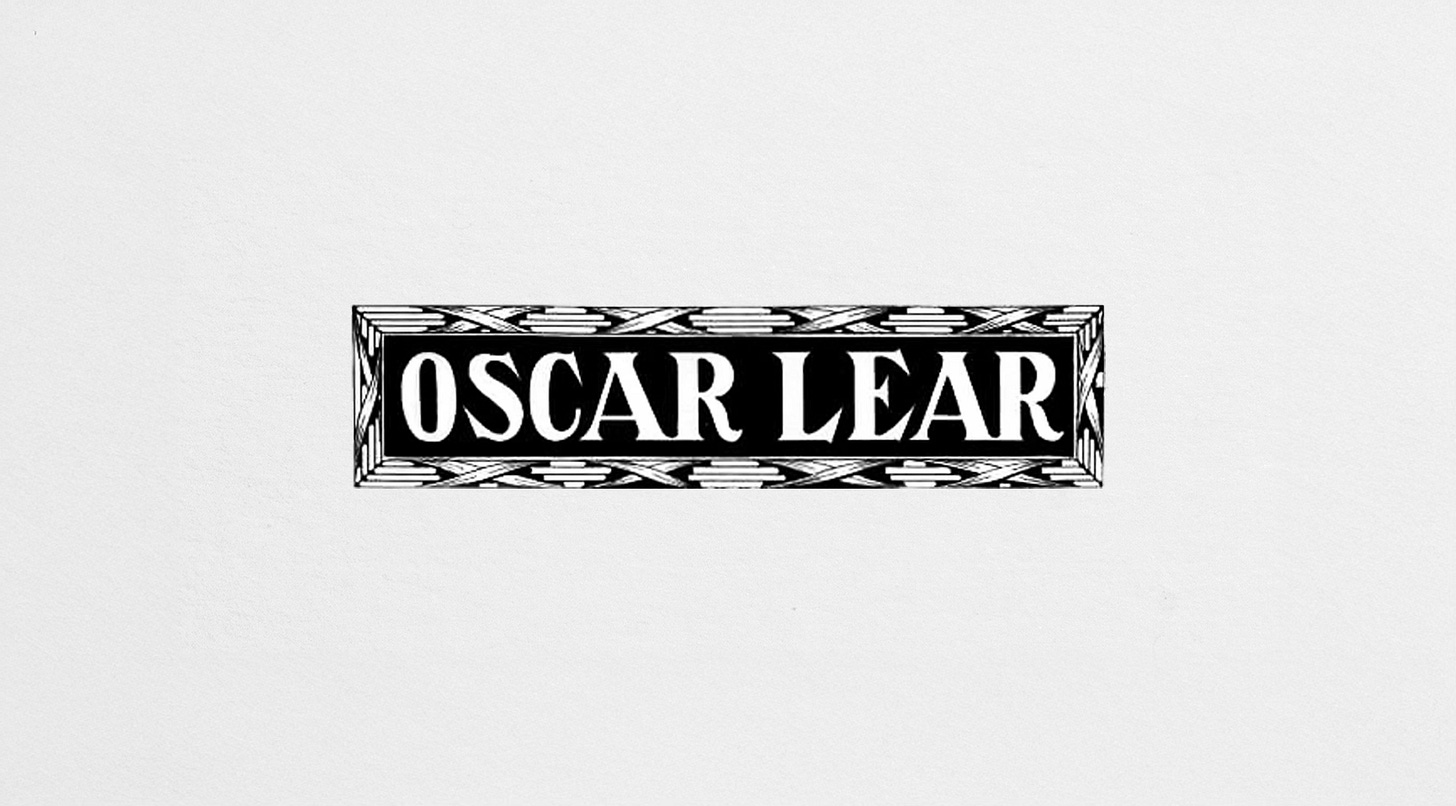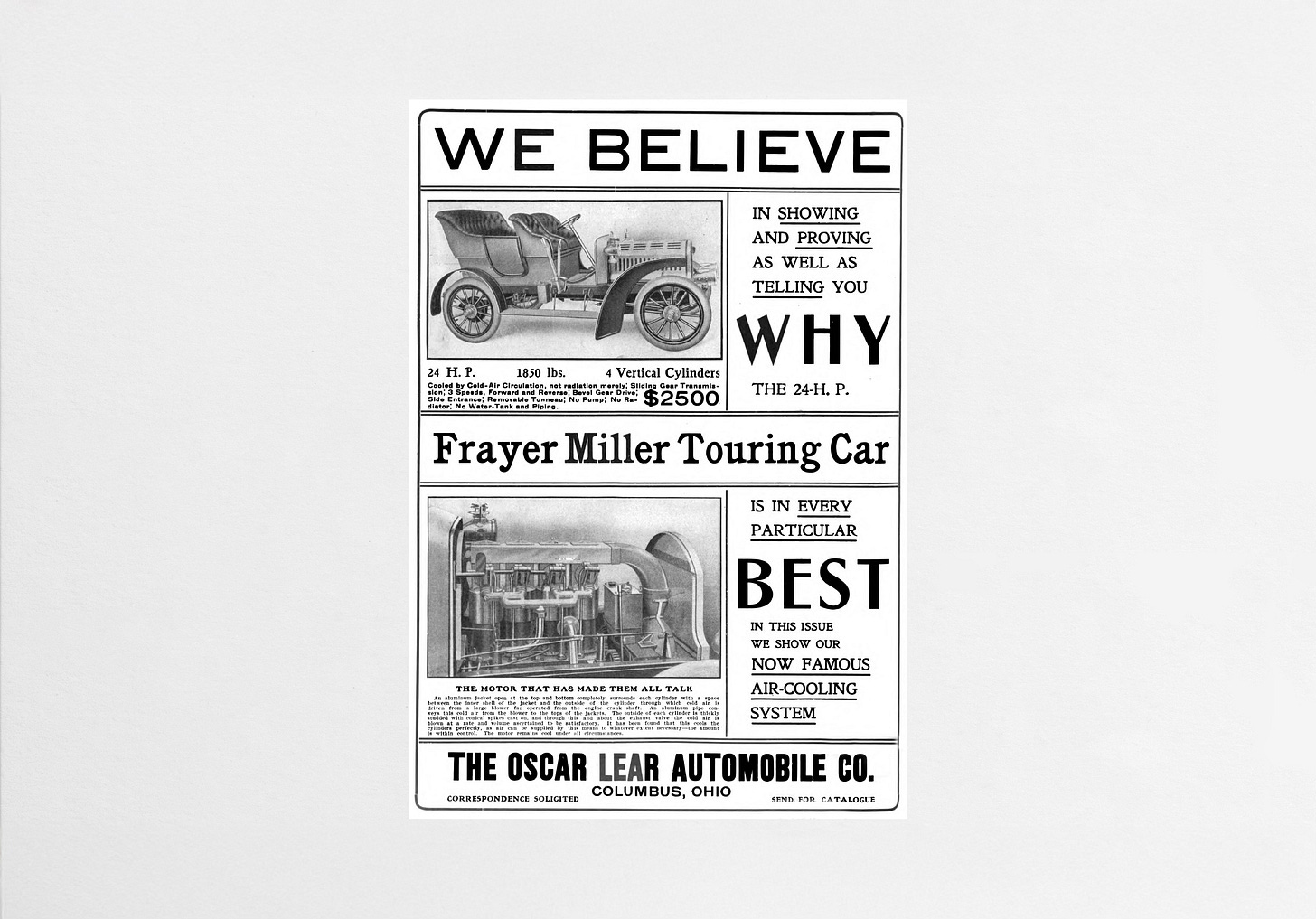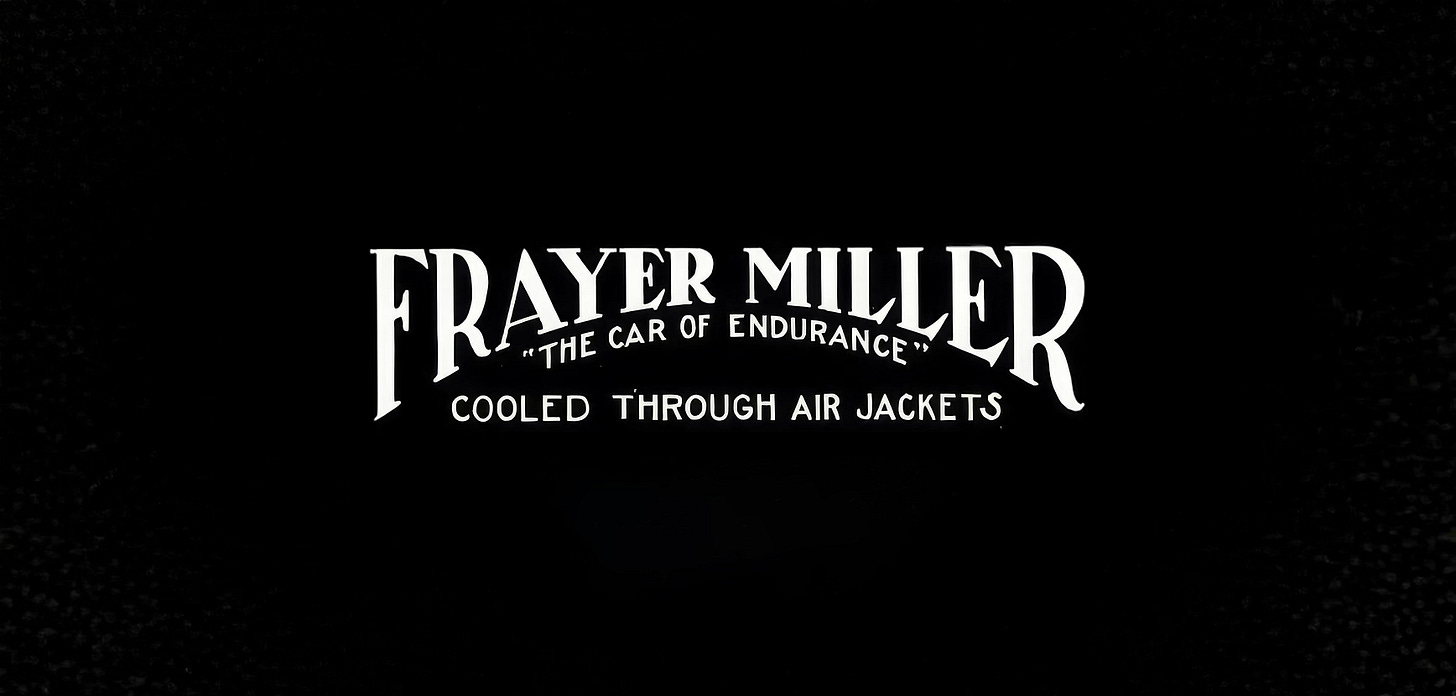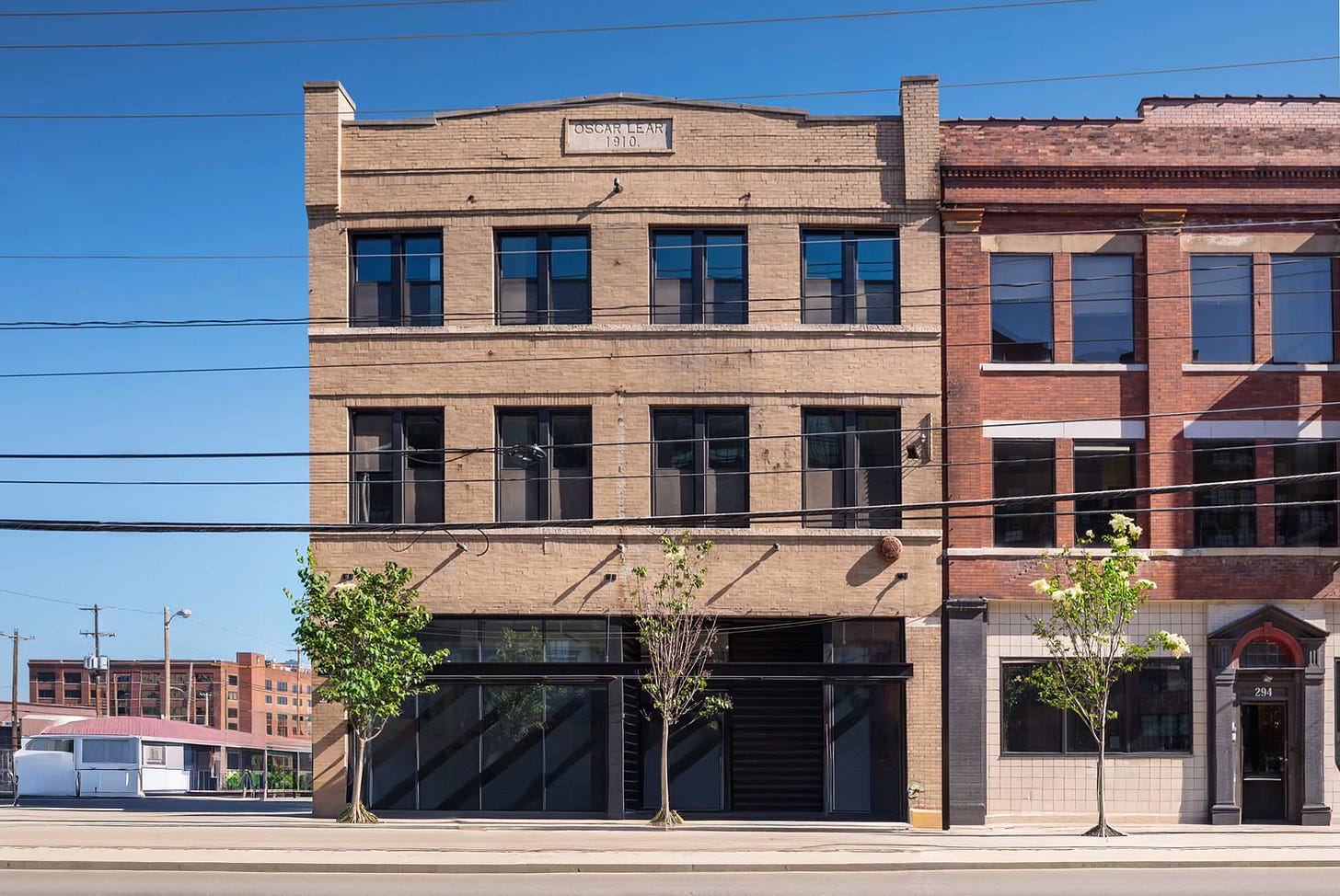Oscar Lear
Columbus, Ohio. USA.
The Oscar Lear company was founded in 1904 in Columbus, Ohio by three men: Oscar S. Lear, Lee A. Frayer, and William J. Miller.
Oscar S. Lear had a background as a typewriter and bicycle manufacturer in the late 1890s, and by 1901 he was already dabbling in automobiles and acting as a car dealer.
In fact, before the official founding, in 1903 they briefly operated under the name Buckeye Motor Car Company. That venture was reorganized in 1904 into the Oscar Lear Automobile Company proper.
The cars produced by Oscar Lear Automobile Company were sold under the brand name Frayer-Miller.
What distinguished these cars was their air-cooled engines — a quite advanced and distinctive choice at a time when most cars used water-cooled engines with radiators and water pumps.
For example, the 1905 model had a four-cylinder, 24-horsepower air-cooled engine, a sliding-gear transmission (3 speeds forward + reverse), bevel-gear drive, side-entrance body with a removable tonneau.
By 1906 the company was offering more ambitious models: a 4-cylinder of ~25 hp at US$3,000, and even a 6-cylinder ~40 hp version at US$4,000.
Because of its robust engine design and reliability focus, Frayer-Miller was often advertised as “The Car of Endurance.”
Initially focused on touring cars, the company later diversified: around 1907 the business shifted some operations to Springfield, Ohio (becoming in some sources associated with a later entity named Buckeye National Motor Car Company).
The company did not just build private cars: under Frayer–Miller engineering, they developed truck and commercial-vehicle chassis, and even fire-engine and taxi-cab chassis.
Their engineering work included several innovations for that era: for example, semi- and full-floating rear axles, shock absorbers mounted on the rear axle tube, rear-axle stabilizers, dropped-center frame for lower center of gravity, electric/kerosene tail and side lamps, acetylene-powered headlamps — features that for many years influenced automotive design.
The company — through Frayer’s involvement — participated in early endurance and reliability events. In 1905, a “stripped-down” Frayer-Miller was entered in a 24-hour race at Columbus: the car covered 728 miles (1,172 km) in 16 hours before an accident forced withdrawal.
Despite technical promise and engineering ambition, the company struggled to compete — especially economically — against emerging giants like Henry Ford and mass-production players, who could produce cheaper cars at higher volume.
Around 1909 the business began to fail; by 1910, the Oscar Lear Automobile Company (or its successor incarnation) ceased automobile production and was declared defunct.
Text from a 1906 ad.
AN AMERICAN PRODUCT. IMITATION OF NO FOREIGN CAR.
THE system of cooling in the Frayer-Miller Car really marks an epoch in automobile gas engineering. There is nothing to compare with the FRAYER-MILLER AIR-COOLING SYSTEM. It is distinctive. A Frayer-Miller Car covered more miles in one week than any other type of self propelled vehicle.
The Frayer-Miller Car at Long Branch was driven 3,202 miles in 6 days, 15 hours and 29 minutes, equal to the distance from Golden Gate to Hell Gate. During the last 1,866 miles of this trip the engine never stopped.
Records for distance and for endurance.
The Frayer-Miller with its novel and striking air-cooled system is up-to-date and always successful. No water-cooling system would ever be necessary with the Frayer-Miller, or air-cooling system through air jackets possible with other makers. The mud guard arrangement is novel and new. Exhibiting at Chicago Show.
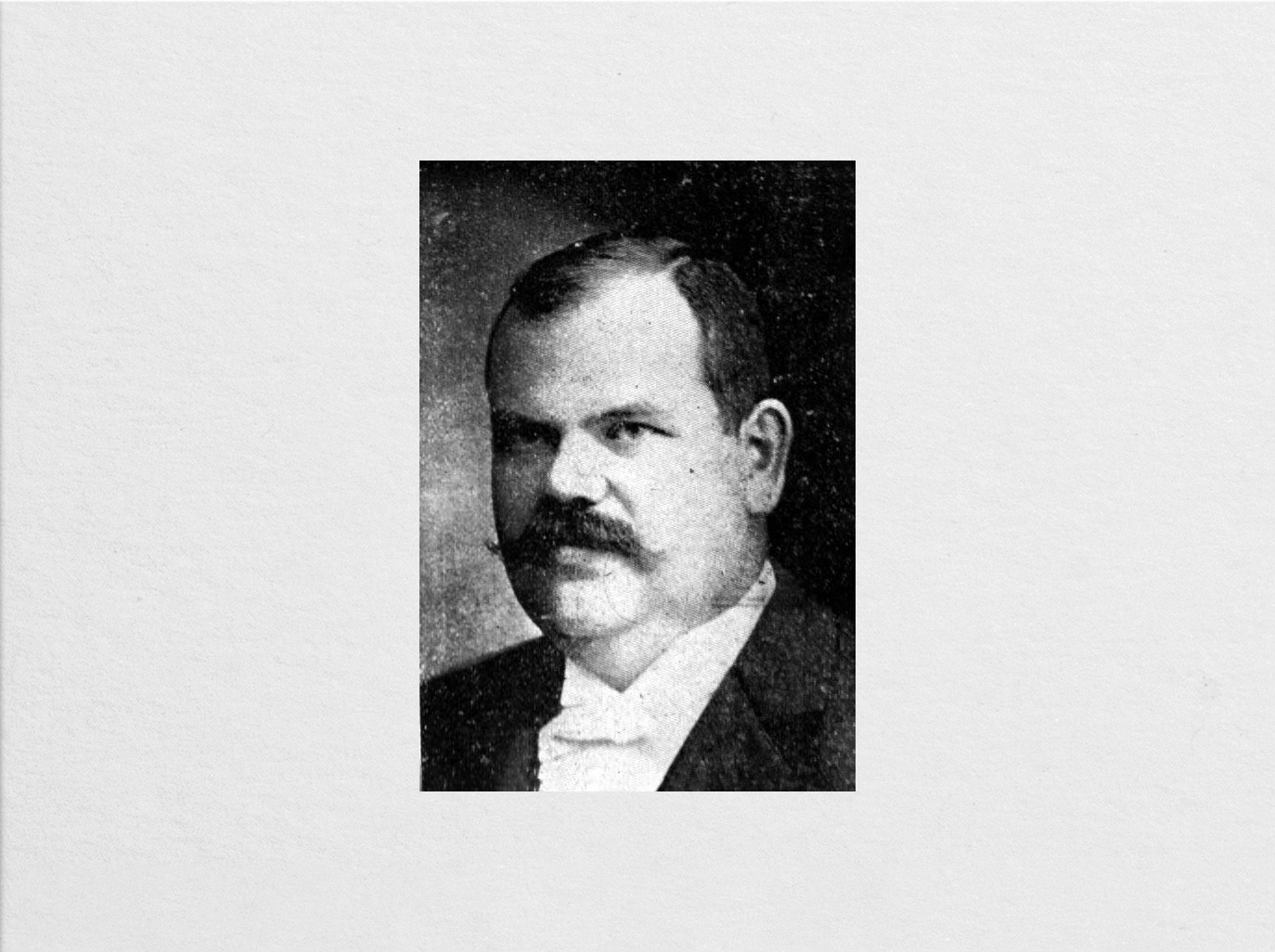
(A portion of this article is licensed under the GNU Free Documentation License. It includes some content from this Wikipedia article, as well as Old Racing Cars and Academic)



